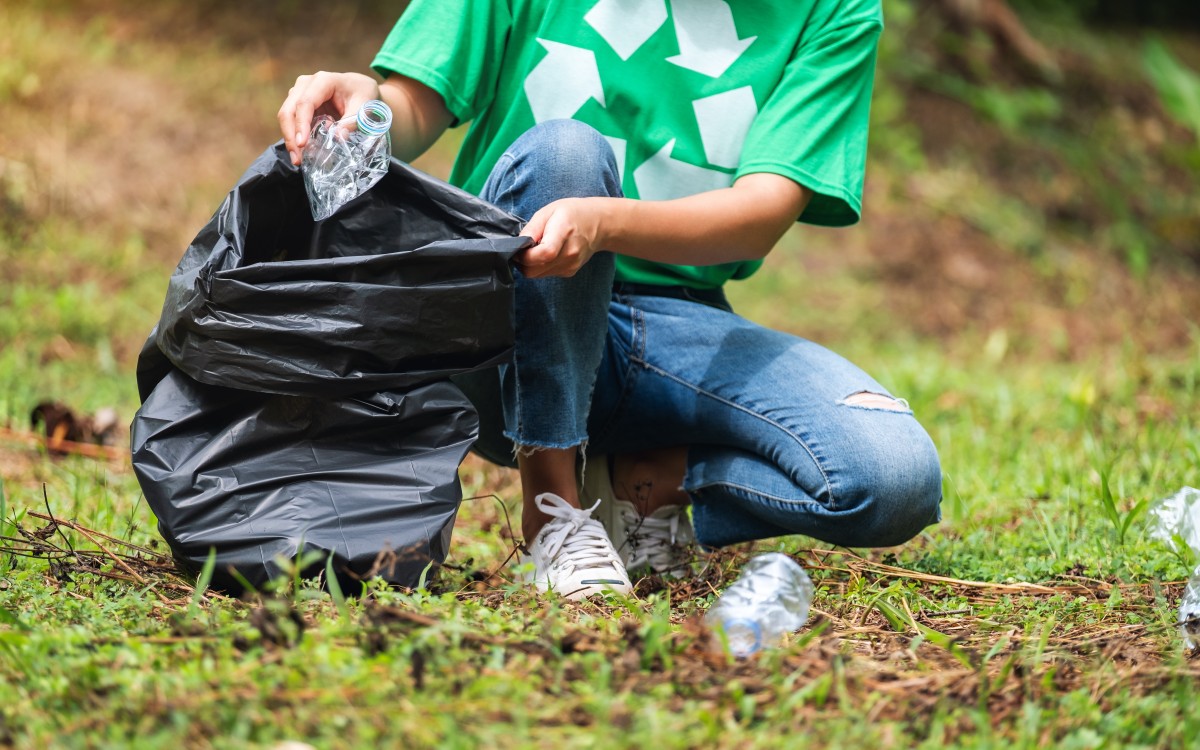Waste in the Woods: The Environmental Impact and Solutions for a Healthier Outdoors
News - 8 June 2023
The woods, with their pristine beauty, the richness of biodiversity and the serenity they offer, are true treasures of nature. Unfortunately, these precious habitats are often threatened by the accumulation of abandoned waste. The indiscriminate abandonment of litter in forests has a devastating impact on the environment, but there are concrete solutions we can adopt to protect and preserve these vital ecosystems.
The Environmental Impact of Waste in the Woods
The release of waste in forests represents a multiple threat to the environment:
Soil and Water Pollution: Waste left in the woods can contaminate soil and water sources, releasing toxic substances that damage local flora and fauna. This pollution can have long-term effects on ecosystem health.
A Threat to Wildlife: Animals can unintentionally ingest waste, causing internal damage and even death. Plastic, glass, metals - all pose dangers to wildlife.
An Aesthetic Impact: The accumulation of waste ruins the natural appearance of the woods. A degraded environment can discourage people from visiting these areas, depriving them of the opportunity to enjoy nature's beauty.
Solutions for Prevention and Cleaning
Prevention is the key to mitigating the impacts of waste in forests. Here are some solutions we can adopt:
Environmental Education: Education is key. We must promote awareness of the damage caused by abandoned waste and the importance of respecting natural habitats.
Organize Regular Cleanups: Local communities, environmental organizations and authorities should organize regular cleanup events in forests. Involving volunteers to collect waste can make a difference.
Install Waste Bins: Providing waste collection containers at strategic locations in the woods can encourage people to dispose of their waste properly.
Promote Recycling: Encouraging recycling and promoting correct waste disposal is essential.
More intensive sanctions: Increasing sanctions for those who leave waste in the woods can dissuade such behavior.
Involving Schools: Educating young people about environmental stewardship can have a lasting impact. Schools can organize activities in the outdoors and teach children the importance of respecting it.
The Importance of Forest Preservation
Preserving the woods is not just a question of aesthetics; it is crucial for the overall well-being of the environment. Forests absorb carbon dioxide, contributing to the fight against climate change. They are also habitats for many species of plants and animals, contributing to the biodiversity of our planet. Keeping forests clean and healthy is essential to ensure a sustainable future.
The impacts of litter in forests are evident and threaten the beauty and functionality of these vital ecosystems. But we are not helpless in the face of this challenge. With education, collective action and long-term commitment, we can preserve our forests for future generations.
Every little step counts, and each of us can do our part to protect and preserve these natural treasures.
Potrebbero interessarti
-
A project with Ayuda Directa Onlus
News - 17 November 2025
-
When we care for others, we elevate ourselves
News - 20 July 2025
-
A collective effort at the foot of the Matterhorn: 650 kg of waste collected
News - 14 July 2025
-
Earth Day: Thank You to Those Who Get Their Hands Dirty to Clean the World
News - 22 April 2025
-
Quei piccoli errori con la differenziata che fanno davvero la differenza (in peggio)
News - 31 March 2025






